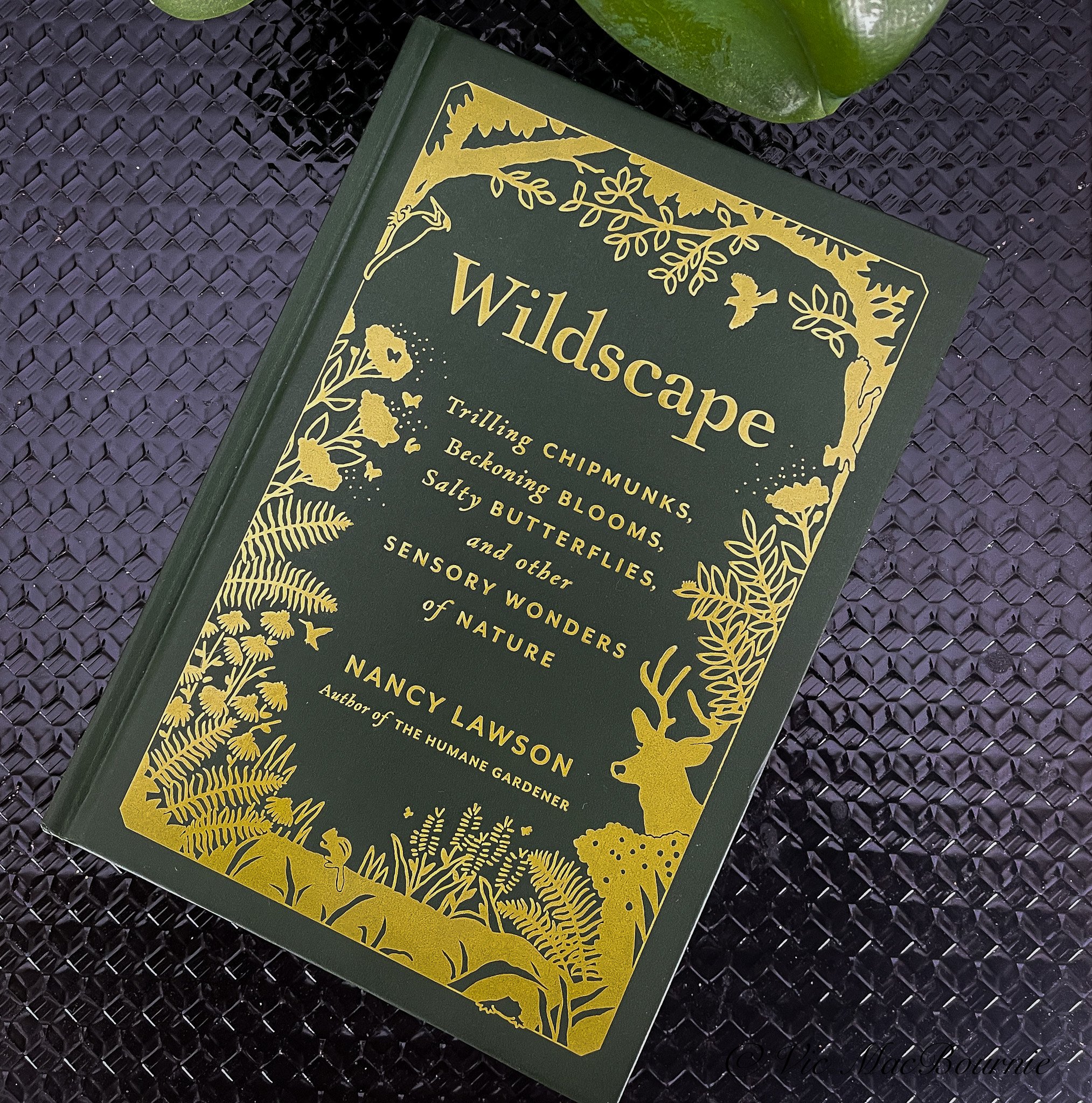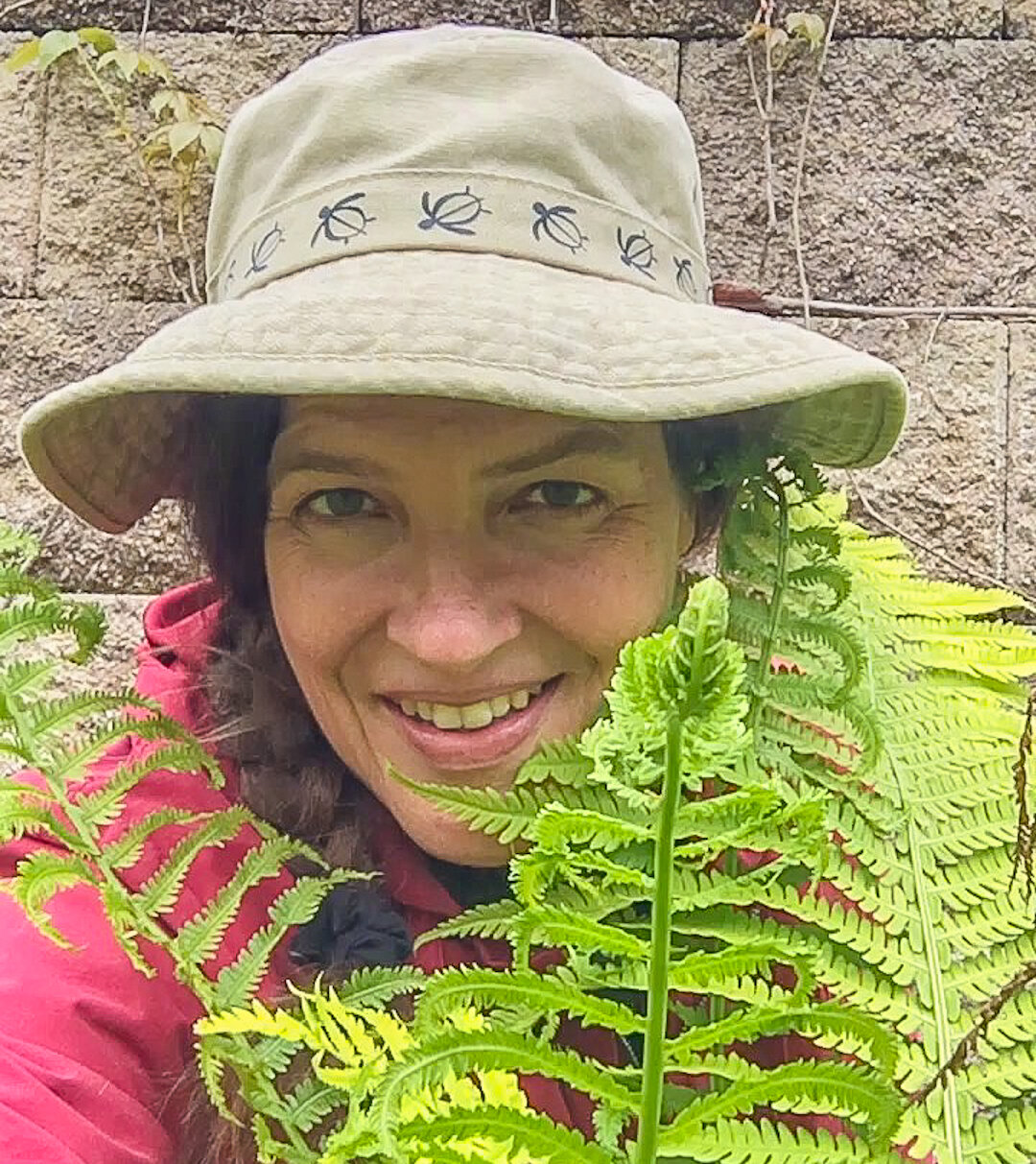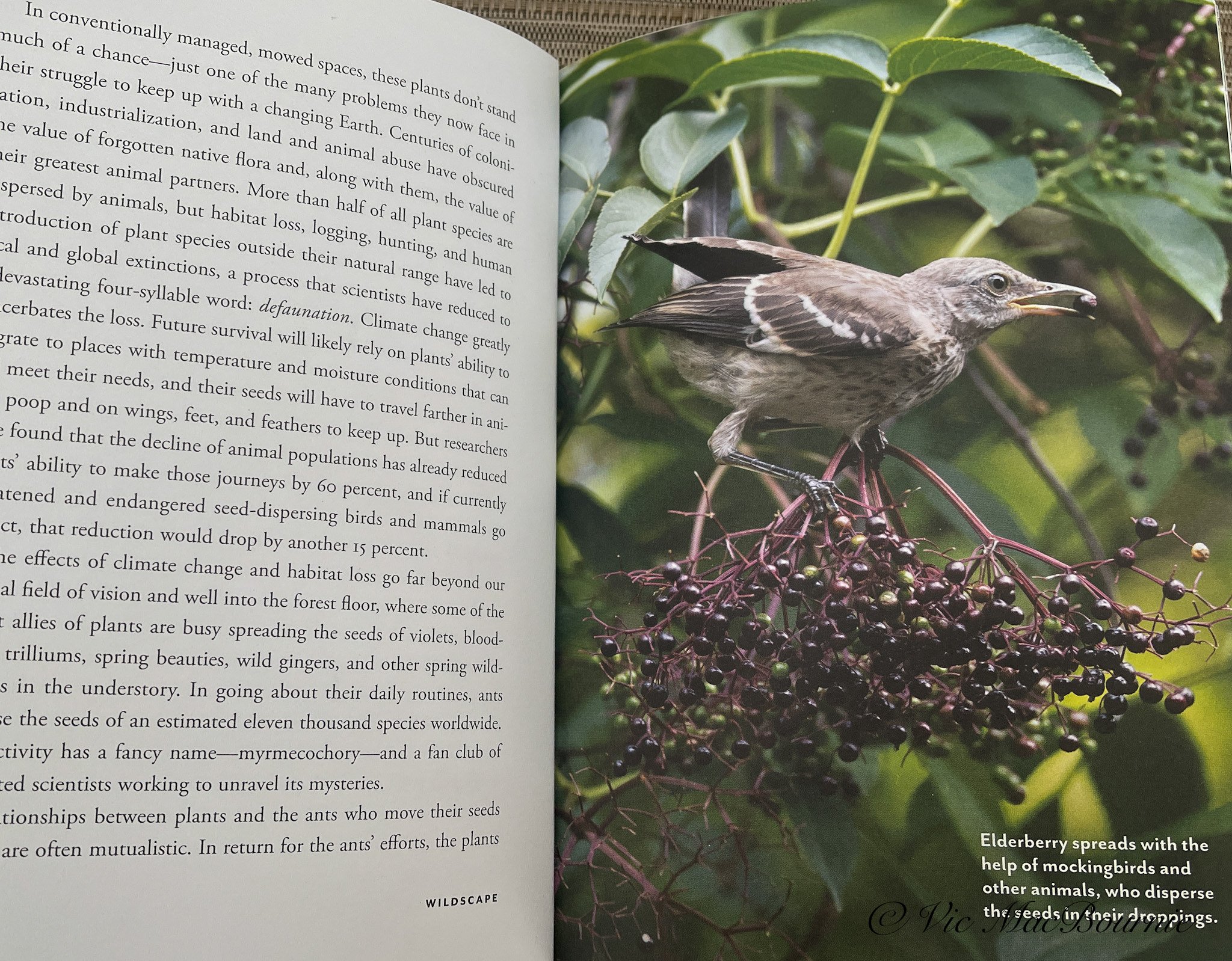Wildscape: Exploring the senses to live in peace in our gardens
Let natural sounds dominate our gardens
Nancy Lawson’s latest book, Wildscape, follows her highly acclaimed book The Humane Gardener building on the cornerstones of compassion and love for the fauna that make our gardens home.
If The Humane Gardener, was a plea for respect and compassion toward all species and a call for gardeners to welcome all wildlife to our backyards, Wildscape is a call to action for gardeners to recognize the problems humans are creating and how our actions are, in many cases, forcing garden wildlife to change natural behaviours to survive.
In her latest book, Wildscape (PA Press, Princeton Architectural Press, New York) Lawson explores the sensory wonders of nature and the incredible adaptations insects, mammals, birds, reptiles and amphibians are sometimes forced to make to survive and prosper in our gardens.
Take a moment to check out my comprehensive review of The Humane Gardener.
Lawson’s love and compassion for wildlife comes from a lifetime of helping wildlife. As a gardener and editor with the Humane Society for many years, her extensive knowledge of the relationship between fauna and plants in the garden comes honestly.
The 284-page book explores the senses of the garden donating a chapter to each sense. Beginning with scent in the garden and moving through the remaining senses from The Soundscape, The Tastescape, the Touchscape and wrapping up with the garden Sightscape.
For more on Wildscape, check out my reviews on:
• Cultivate your own vision of beauty.
The chapters are packed not only with her own fascinating observations from a lifetime of studying her own garden, but backed with extensive scientific evidence found through her wide-ranging knowledge and research into scientific and academic studies.
The results are not always encouraging. In fact, they can be downright depressing for those of us who care about the future of the world as well as the life in our gardens, the forests and woodlands around us.
The results, however, are certainly not surprising to anyone who is paying attention.
(Rather than write a single book review, I have decided that Nancy’s work is too important to not dive fully into each chapter. We’ll begin by focusing on Chapter 2 – the one that I think most gardeners fear the most. – The Soundscape.
How excessive noise affects our garden wildlife?
If you are one of the millions of people who, like me, are almost afraid to step outside in spring, summer and fall for fear of screaming, obnoxious, gas-powered leaf blowers, lawnmowers, grass edgers and the like, this book will help put your fears and frustrations into perspective.
In short, you have plenty to fear from your neighbour’s obsessive compulsion for the perfect lawn, the perfectly manicured edges and reliance on non-native flowers, shrubs and trees.
Unfortunately, those unnecessary gas-powered machines are not only destroying your summers, they are a direct attack on the survival of birds, animals and a host of fauna that are trying to survive in our gardens.
In her book Wildscapes, Trilling Chimunks, Beckoning Blooms, Salty Butterflies and other Sensory Wonders of Nature, Lawson doesn’t just write about the annoying noises, she documents how these loud, unnatural sounds in our gardens are disturbing the natural lives, reproduction and survival of our garden inhabitants.
How wildlife use sound to communicate in our gardens
Of course, it’s not all doom and gloom.
Lawson begins the chapter pointing out how being in the garden and recognizing the chorus of songs – from the smallest peeps of tree frogs to the sexual calls of insects helps bring the garden to life. She talks about how her own lack of hearing has forced her to listen more intently.
She also points out how many animals – chipmunks for example – depend on warning calls to keep the family safe. Lawson writes about frogs and toads communicating in through vocal calls and how insects depend on sound to communicate. The importance of sound – the ability to hear and communicate with it – is of vital importance in our gardens, as is the inability to hear it because other sounds such as machinery are masking the natural sounds.
Learning to listen to our garden visitors
Lawson writes about learning to listen to these sounds.
“The bench on the edge of our pond marks a border between two worlds. In front of me is a forest in the making, where brown thrashers churn the leaves, Carolina wrens snatch moths from midair, and red-shouldered hawks perch on tulip trees, waiting for their moment. Behind me is a land bereft, a carnage of stumps where, one after the other, nesting sites for bluebirds and owls have met their doom in the yards of neighbours who expand their own houses, but declare war on leafy green homes they’ve deemed too tall or too disruptive of their acres of turf.”
Wildscape (PA Press, Princeton Architectural Press, New York) explores the Sensory Wonders of Nature in our gardens.
“Eventually they’ll call in the hitmen to take out the last of the stumps too, leaving little left for the woodpeckers who feast on insects in dead wood and sending everyone else fleeing from the deafening roar of life being ground up. Noise often begets noise, and as trees disappear, so do nature’s buffers.”
Lawson goes on to explain that as the trees are removed, the sounds from distant highways begin spread over barren backyards, void of all but the smallest of ornamental trees and shrubs. She cites a study from the University of Georgia that showed Monarch caterpillars living beside busy roads became unusually stressed to the point that these docile beings actually became extremely aggressive due to the stress caused by the noise of traffic. Once it was removed, the stress levels returned to normal.
“I’ve often wondered how animals outside can get any good shut-eye at all,” Lawson writes before going on to write about a study in Belgium that showed traffic noise has significant negative effects on European songbirds, reducing how long they sleep and prompting them to leave their nest boxes earlier in the morning.
All troubling for the future of wildlife.
Gas-powered garden tools masking natural sounds
But nothing more troubling than the constant barrage of neighbourhood noise from gas-powered mowers, blowers and trimmers.
“Like physical illness, noise falls into two general categories: chronic and episodic. Noise pollution research has typically focused on the chronic variety, partly because it’s easier to study and partly because it’s so ubiquitous; most places in the United States are less than a mile from the road. As noise from other sources grows in volume and duration, with more homeowners hiring landscaping companies that deploy large crews of mower cowboys and leaf-blowing soldiers with machines strapped to their backs, the question becomes; at what point does the episodic become chronic, adding yet another layer of aural harm?”
Images of nature help to tell the story of how the senses play an important role in our gardens.
Little to no research exists on the effects of acute landscaping noises on our wild neighbours. But as Davis notes, if the occasional passing car emitting a seventy-five-decibel sound stresses out a monarch caterpillar, ‘It really makes you think: How many other stressors, are we exposing these caterpillars to in our daily lives?’
Lawson points out that, according to global analysis, migratory birds are now avoiding noisy areas.
“But what about the animals who must stay, with no other home to go to? Though wild birds can technically fly away, that’s not an option for nesting parents who can’t leave their young. I can afford noise-cancelling headphones, which help me work while neighbours saw down trees along the road and replace them with “This is Birdland” decorative flags to celebrate the Baltimore Orioles baseball team….”
“Just as noise begets noise, the songs of birds, frogs, crickets and grasshoppers can build on themselves too, drawing more wildlife back home. Together with a smattering of neighbours who also have started to hear the call of the wild and nurture habitat for them, we will try to turn this community into a real birdland – and a land for chipmunks, spiders, bees, trees, and peace-loving people too.”
What can we do to reduce noise in our gardens?
You can’t control your neighbours’ obsessive compulsive behaviours when it comes to creating obnoxious noise throughout the neighbourhood. You can’t do too much about them starting their gas-powered mowers and snowblowers as the sun is rising. They obviously don’t care about your feelings or the problems they may be causing to local wildlife. If they are waking you up, chances are they are waking the wildlife as well.
You can, however, do everything in your power to set a good example.
Invest in electric or battery-powered garden equipment and ditch the obnoxious, outdated gas-powered equipment. Eliminate as much grass as possible so that you can easily cut your grass with a much quieter electric or battery-powered mower. I often joke that I could cut my grass at 2 am and my neighbours would never know because my battery-powered Ryobi mower is so quiet.
Check out my comprehensive post on battery-powered lawn equipment.
After seeing and hearing my mower, my thoughtful neighbour purchased a battery-powered mower, and leaf blower. Now, I have to listen intently just to hear the whirring of the electric mower. I’m still waiting for our other neighbours to follow suit.
Respecting your neighbours goes beyond the human inhabitants – it should also extend to the wildlife.
Try to be a part of the solution rather than part of the problem.





